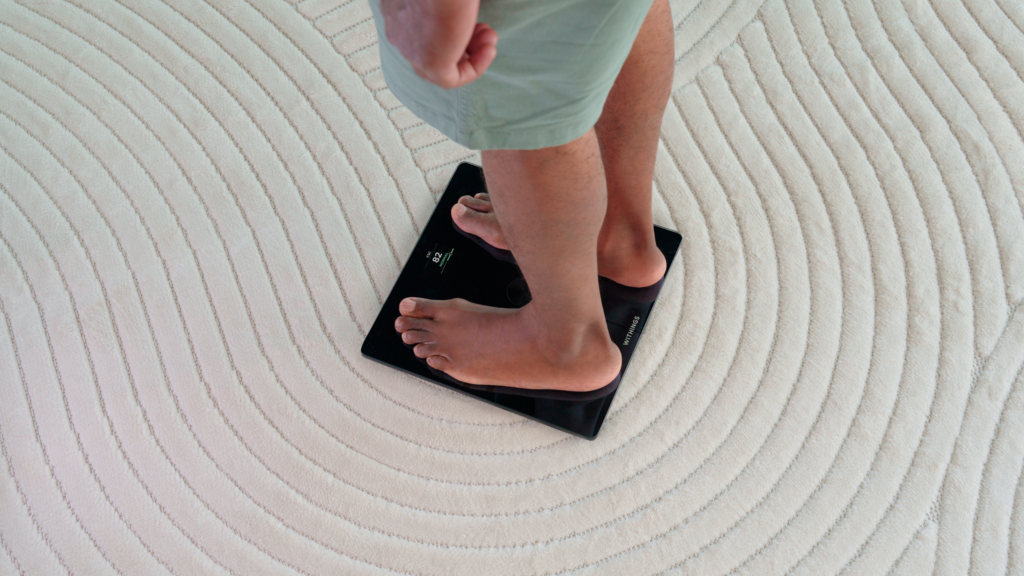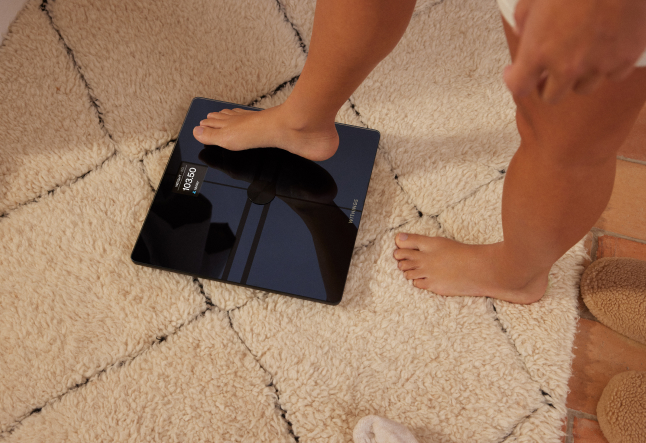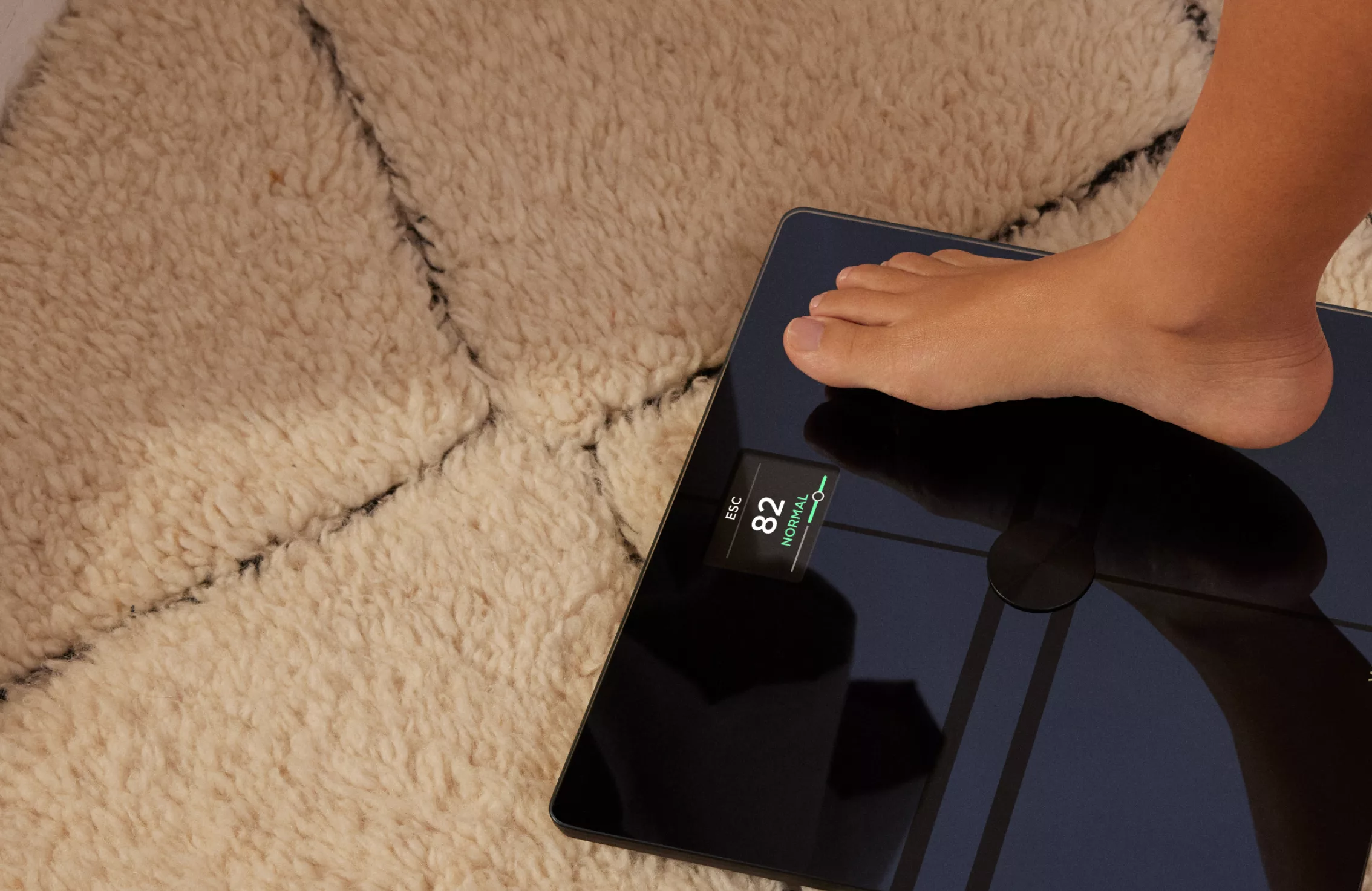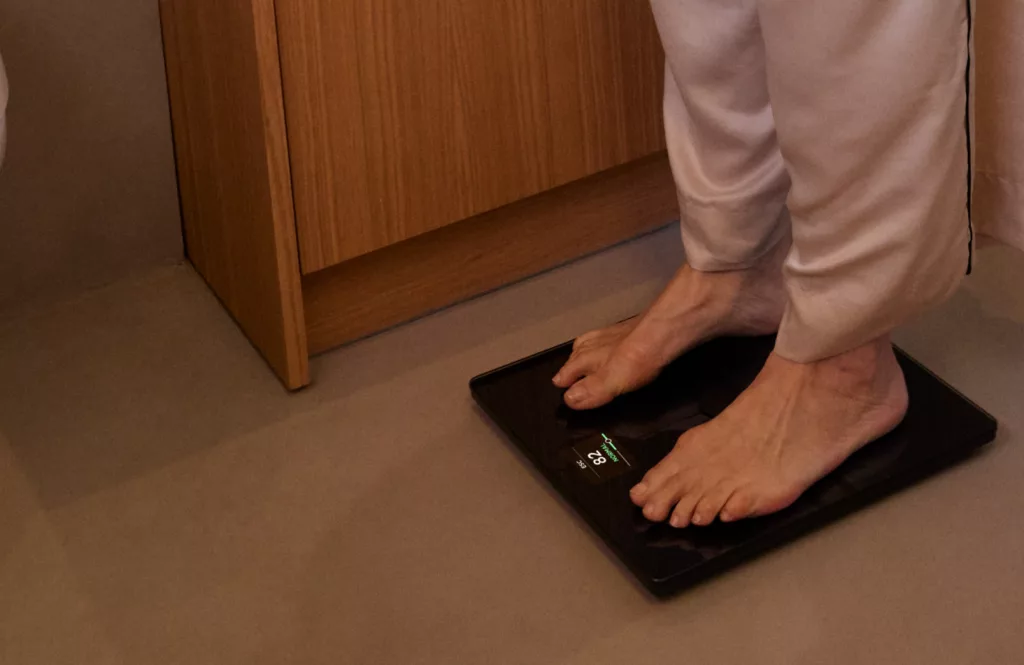Turning Challenges into Opportunities: Pr. Solomon Tesfaye and His Quest to Eradicate Preventable Amputations

Pr. Solomon Tesfaye is one of the world’s leading researchers in the field of diabetic peripheral neuropathies (DPN). His life has been a story of overcoming challenges with a mission to tackle one of the biggest problems facing people with diabetes – preventable amputations.
Using a Variety of Modalities to Measure Both Small and Large Fiber Neuropathy Provides More Accurate Estimates of the Prevalence of Diabetic Neuropathies

In April 2024, the Journal of Diabetes and Its Complications published “Contemporary prevalence of diabetic neuropathies in individuals with Type 1 and Type 2 diabetes in a Danish tertiary outpatient clinic”, a large scale study from researchers at the Steno Diabetes Center in Copenhagen, Denmark. Researchers assessed 822 individuals with Type 1 and 899 individuals with Type 2 diabetes for both distal symmetric polyneuropathy (DPN) and diabetic autonomic neuropathy (DAN) using a variety of modalities in order to make population-based prevalence estimates.
Diabetic Neuropathy Research and Withings Technologies Highlighted at The American Diabetes Association’s 84th Scientific Sessions

When the world’s leading clinicians and researchers gather later this month in Orlando, Florida at ADA’s 84th Scientific Sessions, diabetic peripheral neuropathy and diabetic foot ulcer prevention will be spotlighted.
Neuropathy and DFU Prevention to be Highlighted at the ADA’s 84th Scientific Sessions

When the world’s leading clinicians and researchers gather later this month in Orlando, Florida at ADA’s 84th Scientific Sessions, diabetic peripheral neuropathy and diabetic foot ulcer prevention will be spotlighted.
Culturally-Sensitive Nutrition Education Studied for Pre-Diabetic African American Patients

Withings remote patient monitoring devices will be used by The Strelitz Diabetes Center at Eastern Virginia Medical School (EVMS) and WelFore Health for a multi-year, ADA-funded study. In an interview with Dr. Henri Parson (EVMS) and Ann-Marie Stephens (WelFore), Dr. Parsons states, “If we are able to prevent (diabetes) in a population where it is very prevalent, with the idea of using food as medicine, then it is a huge outcome.”
LifeMD Partners with Withings to Transform GLP-1 Weight Management Care

LifeMD becomes the first virtual primary care provider to employ the advanced technology of Withings Rx-based, at-home Body Pro 2 scale, as well as its BPM Connect Pro blood pressure monitor, to track the impact of GLP-1 treatments on a real-time, daily, longitudinal basis.
The ADA and Withings Join Forces to Reduce Diabetes Risk and Complications

Peer-reviewed studies have shown that only a fraction of people with diabetes comply with the American Diabetes Association (ADA) standard of annual foot exams. The ADA is now using Withings smart scales in its signature Project Power program to promote regular foot exams and better foot health for people at high-risk for diabetes
Small Fiber Neuropathy – The Under-Diagnosed Peripheral Neuropathy

In an interview with Harvard Medical School’s Harvard Health, Dr. Khosro Farhad, a neuropathy expert at Harvard-affiliated Massachusetts General Hospital, noted that small-fiber neuropathy is generally underdiagnosed because routine neurological exams and tests cannot accurately discriminate between large-fiber and small-fiber neuropathy.
Understanding our ESC Technology for Detecting and Monitoring DPN

Electrochemical Skin Conductance (ESC) is a physiological parameter that measures the reactivity of sweat glands and small nerve fibers in the skin to electrical stimuli. Elevated blood sugar levels can harm blood vessels, inhibiting their ability to supply oxygen and essential nutrients to these small nerves, leading to their deterioration. This effect is amplified because the nerve fibers that supply sweat glands are long, thin and unmyelinated, they are easily damaged. When the sweat glands and small nerve fibers lose functionality, it is a sign of starting peripheral neuropathy.